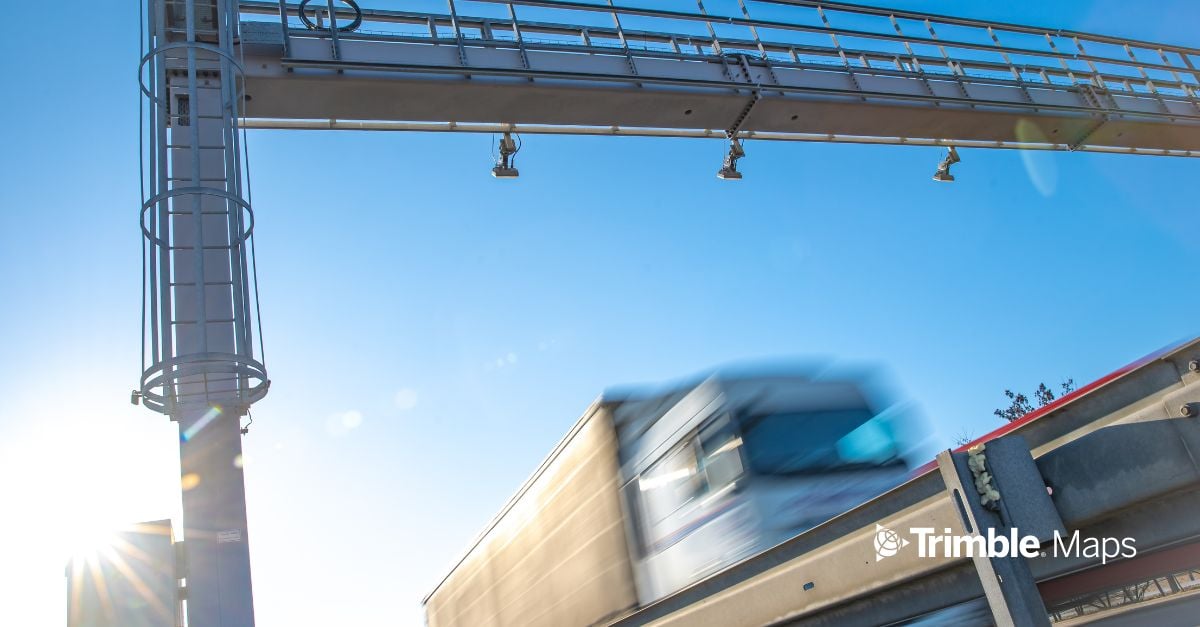The implementation of Germany's new toll framework and new emission classification on 1 December 2023, has sent ripples through the landscape of the road haulage industry. As the largest European country transitioning to this framework, this change signifies a pivotal moment for commercial vehicles, given tolls' influential role in determining transportation costs.
The New Toll Framework and Classes:
The new toll framework introduces a fixed government tax surcharge of €200 per ton of CO₂ emitted by commercial vehicles, resulting in an additional charge of approximately. 0.16 €/km. Additionally, there is an increase in general road toll tariffs, which varies according to the vehicle's weight capacity, number of axles, and emission class. Notably, zero emission vehicles are exempt from the truck toll until 2026.
The road toll tariffs work in conjunction with the existing emission classes. Each vehicle is assigned one of the five CO₂ classes which will ultimately influence toll rates (Toll collect).
Impact on Commercial Vehicles:
Germany's new toll framework directly affects a substantial portion of the road haulage fleet. Initially affecting trucks weighing over 7.5 tons, the regulations are set to expand further on 1st July 2024, to include smaller trucks weighing 3.5 tons or more. This means that operators of large vehicles involved in delivery, collection, or transit will face significant increases in their total costs. According to Trans.info, the CO₂ charge can comprise up to 43% and 32.5% of the total rate per kilometer, indicating that its introduction could result in an overall increase of around 70-80%.

Additionally, as highlighted in an article by the International Road Transport Union (IRU), for the haulage industry, the sudden surge in toll rates presents a critical challenge for the haulage industry, affecting already stretched profit margins. However, the German toll increase is not an isolated event; it is a response to the EU directive, mandating all member states to implement such a system by the 24th March 2024, to their goals to reduce carbon emissions and promote long-term sustainability At the beginning of the year, we saw over 200 km (124.2 miles) of toll roads expanded in Hungary, with planned adjustments in countries like France, Austria, Lithuania, and Belgium.
Finding the right solution:
Amidst these challenges, all is not lost. Trimble's route planning technology offers a solution by simplifying the process of calculating total route costs. Our technology enables you to find the most efficient way to deliver, collect, or travel through Southern Europe and beyond. With the integration of a new parameter in our data, Trimble now automatically accounts for the latest toll framework, ensuring accurate trip calculations .
To find out more about New API parameter read release notes here.
Start saving time and reducing toll costs today with Trimble.
To find how, request a demo today.
